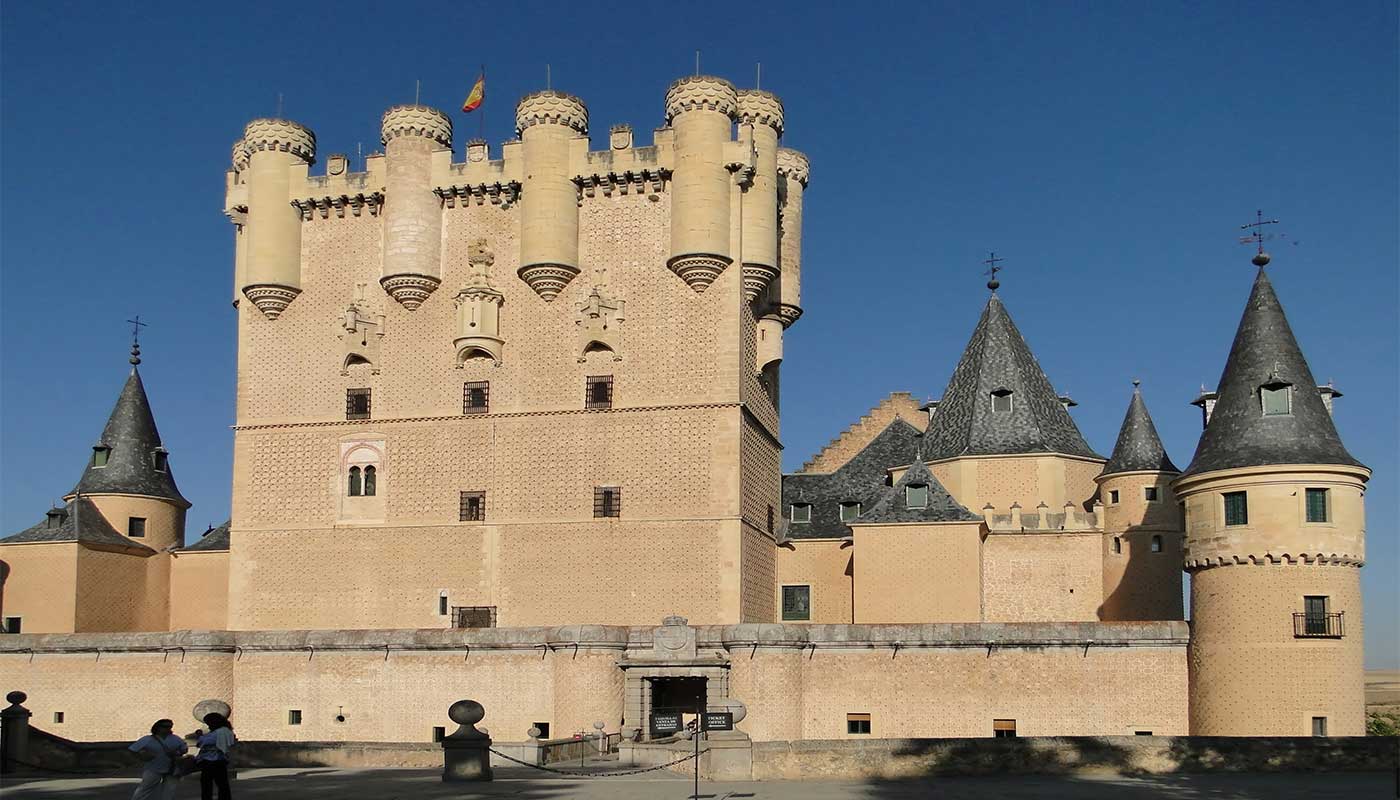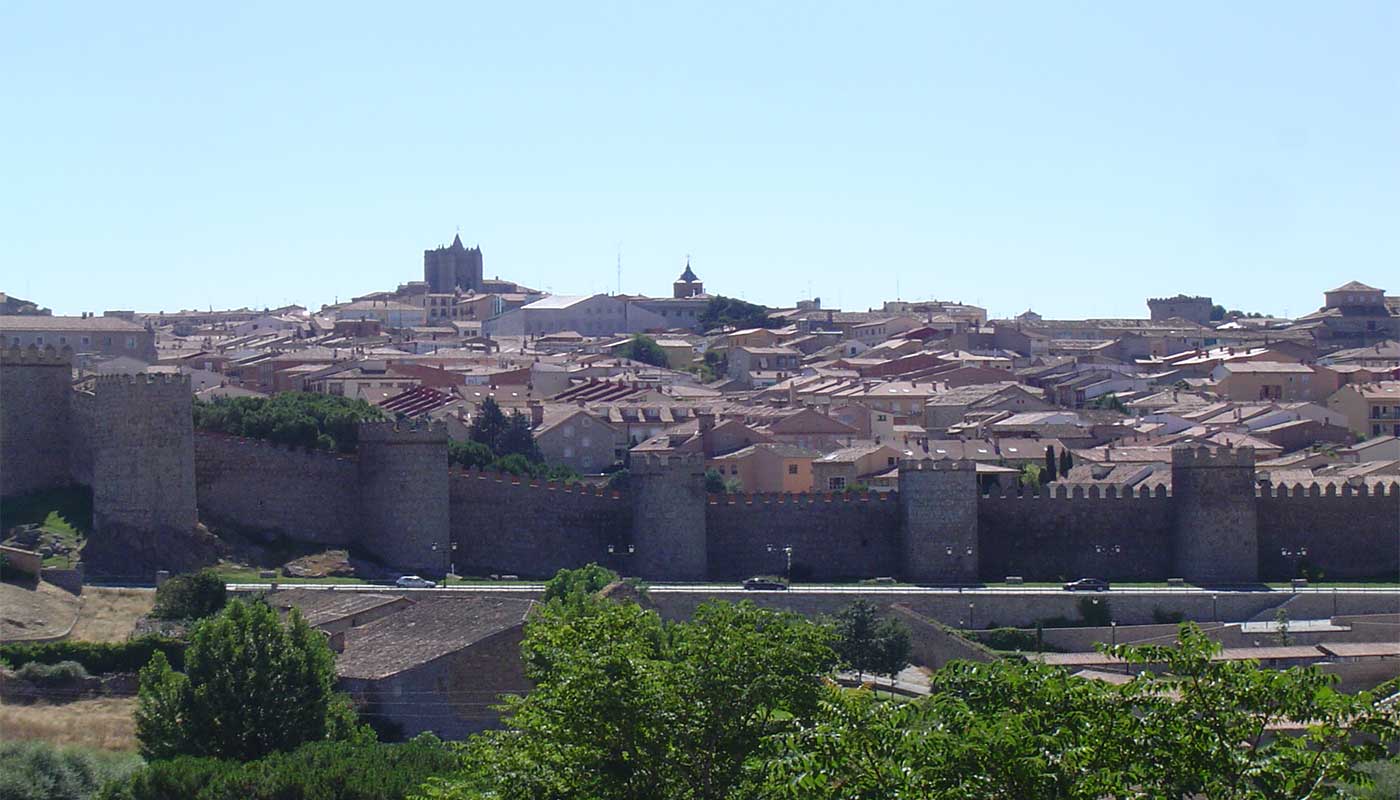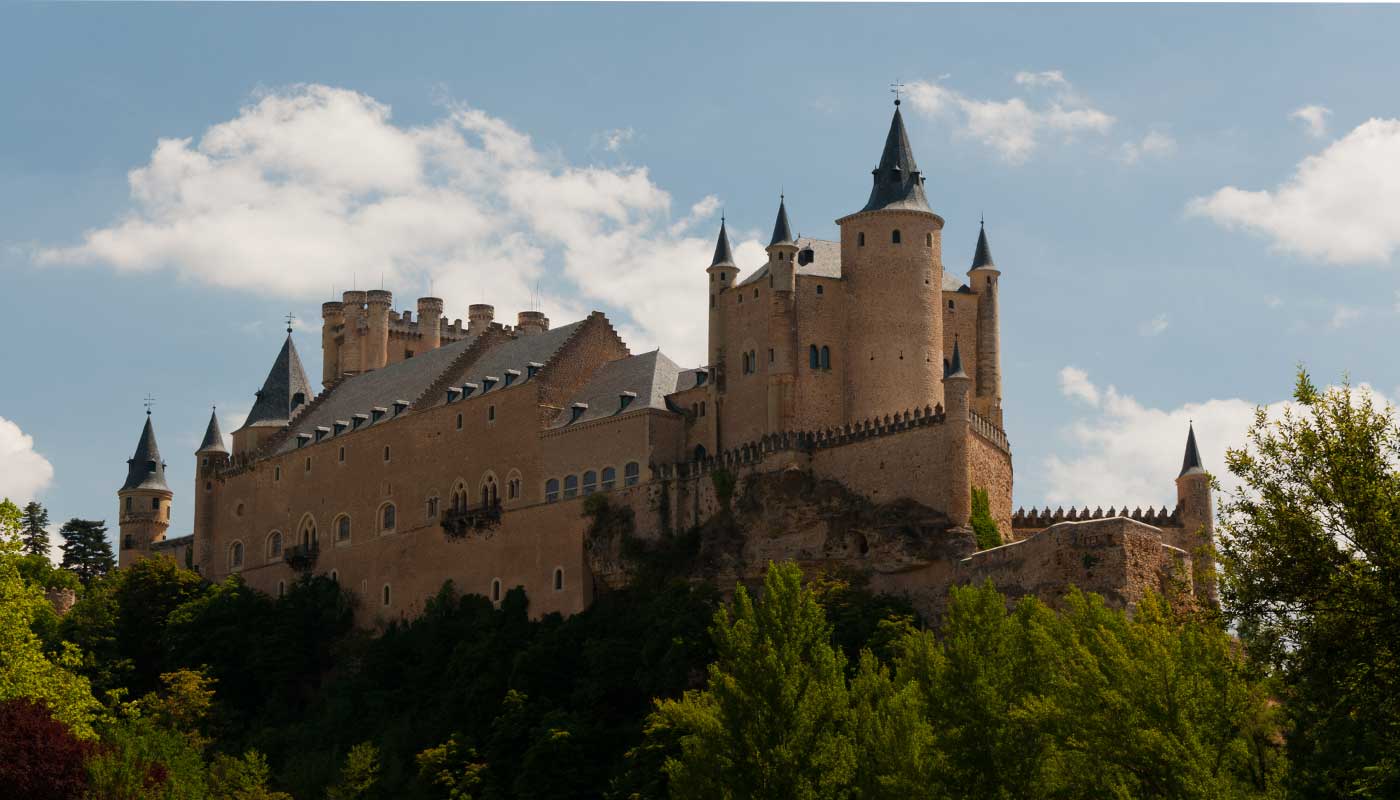Ávila – Segovia

Ávila and Segovia are great examples of the medieval Castile. You have to visit these cities to better understand the history of Spain
Ávila
Ávila is a Spanish city located in the autonomous community of Castile and Leon, capital of the province of the same name. Its medieval old town, in excellent condition, was declared a World Heritage Site in 1985.
The city name originates from the peoples and tribes that inhabited for millennia the province. The first were the vetones, who called Obila (high mountain).
The Romans also left their mark on the city, which was then in today’s Old Town, the part surrounded by walls, bridges, walkways, mosaics or the Big Market Square are part of the Roman remains that can be seen today.
In the Middle Ages it was the site of the first settlements Visigoths in the Iberian Peninsula. Proof of this is the Temple of Santa Maria de la Antigua founded before the year 687. Later (no data to date) is invaded and occupied by the Muslims and not until the eleventh century that the city was reconquered by Alfonso VI of Leon and Castile.
At the time of the Catholic Monarchs (second half of the fifteenth century and XVI century) the city is reborn thanks to the splendor of the court. However, during the seventeenth and eighteenth centuries the region suffers massive depopulation to the point that just were about 4000 inhabitants.
With the arrival of the railway in the nineteenth century the city became, until today, an important link between Madrid and France. Among its historical and tourist attractions include:
Walls of Ávila (XI-XI centuries): The medieval work was started in 1090. It is preserved almost intact and is the world’s largest fully illuminated monument.
Cathedral of Ávila: It is not known exactly when construction began but estimated it was about the year 1091 with funds raised to build it by Alfonso VI of León. It is the first Gothic cathedral of Spain and ends built in the fifteenth century. In 1475 his famous mechanical watch is constructed.
Basilica of San Vicente: This Romanesque temple, the largest and most important of the city after the Cathedral, is considered one of the most outstanding works of this architectural style across the country. Its construction started in the year 1130. It is a National Monument since 1882.
Real Monastery of St.Thomas: Gothic style, was founded in 1480 in honor of St. Thomas Aquinas. The Catholic Monarchs chose it as a summer residence and tomb of the heir to the throne Prince Don Juan. The sarcophagus, which is of great beauty, is still preserved. The remains of the infant disappeared until today without news of their fate.
Segovia
Located north of the great mountain range that bisects the central plateau of the Iberian peninsula, Segovia is one of the nine provinces which form the Community of Castile and León. In 1985 the Old Town of Segovia and its Aqueduct were declared World Heritage by UNESCO.
The Aqueduct of Segovia, located in the emblematic Plaza Azoguejo, is the distinctive symbol of the city. The date of its construction, which was conducted in the late first or early second century and is the most important work of Roman civil engineering in Spain is unknown.
The Alcazar of Segovia, royal palace situated on top of a rock between the Eresma and Clamores rivers, is documented for the first time in 1122, although it may exist in earlier time. It was a favorite residence of the Kings of Castile.
The Monastery of San Antonio “El Real” was the former hunting lodge of Henry IV and later became a convent. Are unique its Mudejar coffered ceilings dating of 1455.
The Cathedral of Santa Maria is the last Gothic cathedral built in Spain. It is considered the masterpiece of Gothic Basque-Castilian and is known as “The Queen of Cathedrals”.
The city has renowned inns and restaurants where you can taste the specialties of Segovia kitchen. The tender roast pork or the little pork are part of the supply of meat, supplemented by many other products obtained from the pork.
To book this tour please contact us through our contact form or making click in the below green button. We will be in touch with you shortly and will provide you with price and details.
Are you in a tour mood?



